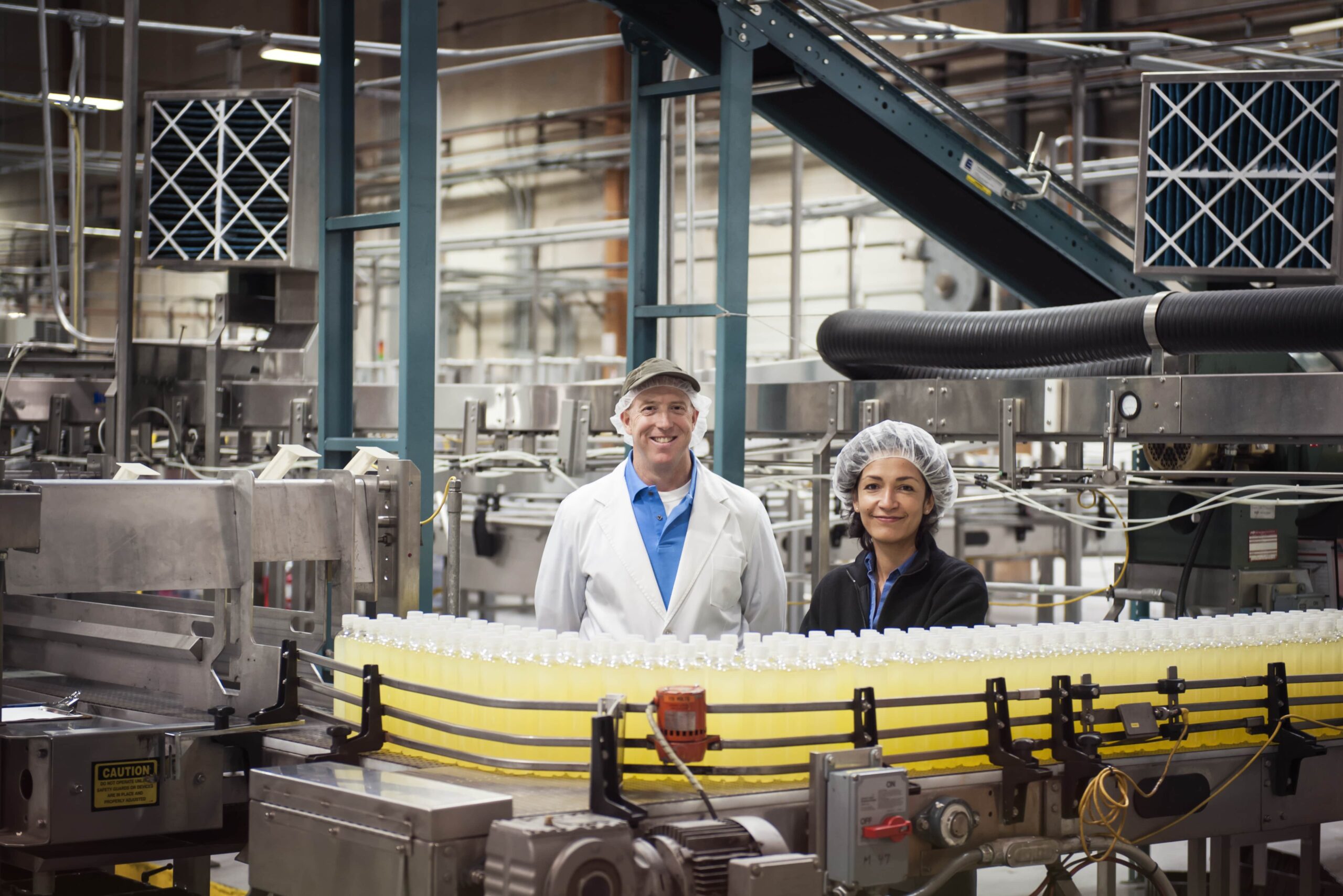Across the globe, manufacturers use the electronic batch record GMP approach to help meet regulations that ensure the safe production of consumer goods. These regulations fall under a set of standards known as “Good Manufacturing Practices,” or GMP.
One modern way to comply with these standards is to implement electronic batch records that improve consistency and safeguard public health. As a result, manufacturers can safeguard public health by ensuring the consistency—and therefore the safety—of their goods.
One critical aspect of GMP is documenting how goods are manufactured, particularly those that can directly impact public health. Basically, to achieve this, businesses use a routine document called a batch record. This record allows them to log the specific steps involved in manufacturing consumer goods.
For example, this type of GMP applies to many industries, including food, pharmaceuticals, and chemicals. In addition, the FDA serves as the regulatory body that enforces these standards in the United States.
Free template!
Use this simple template to build a comprehensive batch record document for your facility.
A brief overview of manufacturing batch records
To track production, a batch record documents key details about a manufactured product. It may include information such as:
- Ingredient lists
- Manufacture date
- Expiration date
- Standard operating procedures (SOPs)
- Equipment used
The point of a batch record is to archive past manufacturing activities in case of an incident or a recall.
With a detailed account of how the product was made, investigators can more easily find issues or clear the manufacturer of any wrongdoing. In a way, batch records serve as a type of insurance policy for businesses that produce pharmaceuticals, food, and other products that may affect public health.
Aside from third-party interest in product manufacturing records, businesses also benefit internally from creating these documents. Not only do batch records help you track when you produced certain batches, but they also show exactly how you completed each one.
Additionally, simply recording your process can help you spot mistakes. That visibility allows you to pull a batch before it causes a larger issue.
From internal recordkeeping to incident investigation, batch records add value at every stage of the manufacturing process.
In general, you can create these documents using one of two methods: manual or electronic. Ultimately, the right approach depends on the size of your operation and the complexity of your processes.
Manual batch recordkeeping systems
Manual batch records are exactly what they sound like: human-created accounts of the manufacturing process for each batch. Typically, employees create these records using pen and paper or a digital file, such as Excel or Word.
To store manual batch records, teams can either file them physically or save them digitally on a computer. Regardless of the method, organizing these records takes effort because the process isn’t automated.
Generally, a manual recordkeeping system works best for small or simple operations. Also, if your products involve few SOPs, limited equipment, or minimal ingredients, creating each batch record doesn’t take long. As a result, you can use the extra time to store and organize your records manually.
However, if you need to document many variables, switching to an electronic batch record GMP system offers a better solution.
Electronic batch record GMP compliance
Unlike their manual counterparts, electronic batch records are created, stored, and organized 100% digitally. If you go this route, you’ll need to make sure that the system you use is compliant with FDA Title 21, Subchapter A, Part 11: Electronic Records and Signatures.
To simplify access, many businesses create electronic records and store them in the cloud. Instead of updating local computer files or filing paper documents, teams can edit and upload records directly to a shared space.
Additionally, businesses often sync software systems with equipment, such as scales, when fast-moving processes require partial automation of recordkeeping.
Admittedly, software-based systems cost more upfront. However, when product lines are large or processes are complex, electronic systems often repay the investment by saving significant time.





